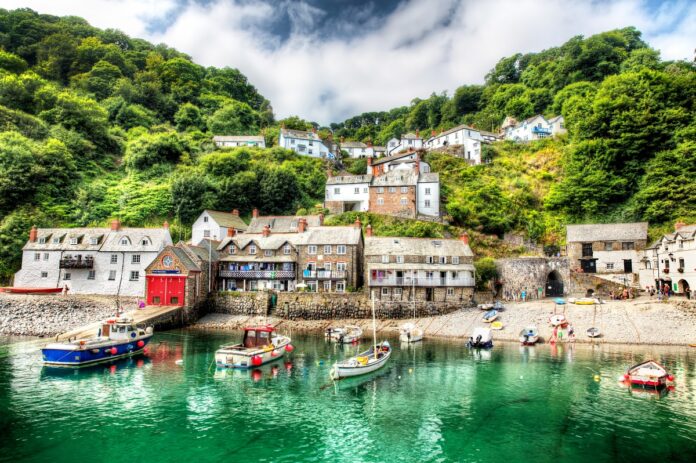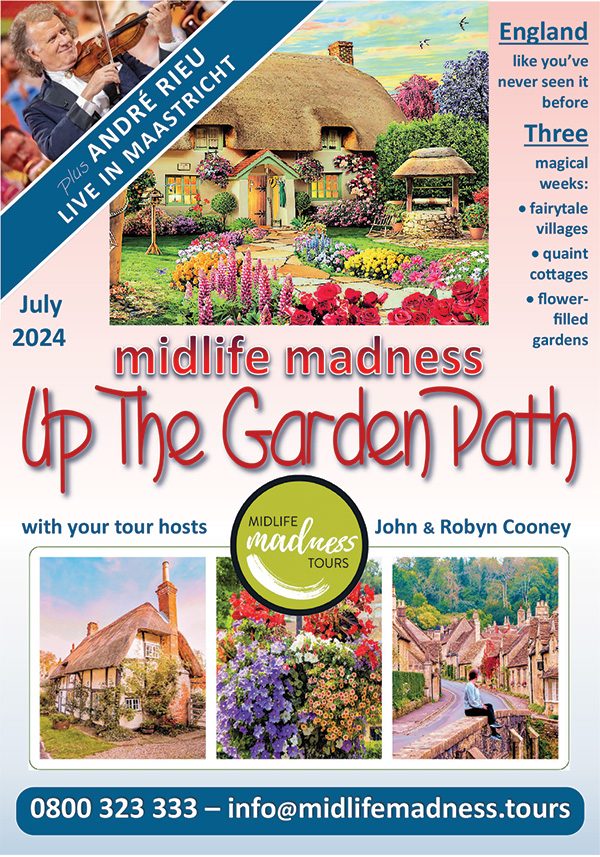I’ve found it! Heaven on earth! A piece of our planet that people have turned into sweet perfection. One day you must … you absolutely must … go and wander through the countryside of England!
RURAL ENGLAND IS BREATHTAKING. Not in an awesome way, like the Himalayan mountains. Or with the crashing splendour of the Victoria Falls. No, the English countryside is so soft and gentle and delicate that it catches you by surprise.
But wait till you see the villages: you’ll want to throw your arms around them and hug them! They’re so obviously loved and cared for. The cottages are immaculate. And the gardens burst with flowers and trees.
England’s gorgeous villages aren’t hidden, but you have to leave the cities to find them. Some are well-known, and tourists flock there. But others are sleepy hollows where, if you stroll along the street, only you and maybe a couple of other people are to be seen.

There are medieval villages and terraced villages and Georgian villages and Victorian villages and slate-grey villages and thatched-cottage villages.
Some villages are almost Mediterranean. Most are solidly built for the rigours of English winters, and yet they’re so mellowed with age and so smothered by roses and luxuriantly flowered creepers that they seem to merge into the countryside.
There may be a small tavern, or just the cottages … gardens, trees and hedgerows spilling over stone walls … perhaps a gurgling stream … and, time and again, a romantic little church, its tower pointing to heaven, its gravestones snuggled up round about.
The trick, when you visit them, is to take your time. Savour the little street. Meditate in the little church. Relax in the little pub. And whatever you do, don’t make the mistake of hurrying.
The names alone are romantic. Lostwithiel. Fowey (pronounced Foy). Stow-on-the-Wold, Bourton-on-the-Water. Upper Slaughter. (Lower Slaughter, of course, is not far away.)
Clovelly is a coastal town, with a stone breakwater and a tiny harbour. It stands between huge, towering cliffs, and has only one street. This cobbled lane drops violently seawards to the rocky beach, and all the way down it’s lined with weather-beaten little cottages, clinging to the side of the hill and to each other.
There are no cars here – couldn’t be. They’d slide downhill on the first wet day. The cobblestones are so well worn that the citizens of Clovelly use wooden sleds to carry loads to their houses, or bring a catch of fish up from the little harbour. Most of these cottages were built between the 1400s and the 1600s. And my wife and I looked through one of them. It was once a fisherman’s home, boasting two cramped bedrooms, a kitchen, an entrance area for hanging wet clothes, and an attic where the floor was strewn with straw palliasses.
The whole place would fit inside the lounge of some New Zealand houses, but in past centuries a large family probably lived in its tiny rooms – six or seven children, often enough, and sometimes more.
Further down the cobbled lane we found the cosy ‘Cottage Tearooms’, where we slipped in for lunch – a cornish pasty and salad, followed by delicious apple cake. The English are brilliant at baking. Add clotted cream, as this café did, and you could happily die there! #
THIS ARTICLE BY IAN DUNWOODIE FIRST APPEARED IN GRAPEVINE MAGAZINE. – MIDLIFE MADNESS TOURS.


